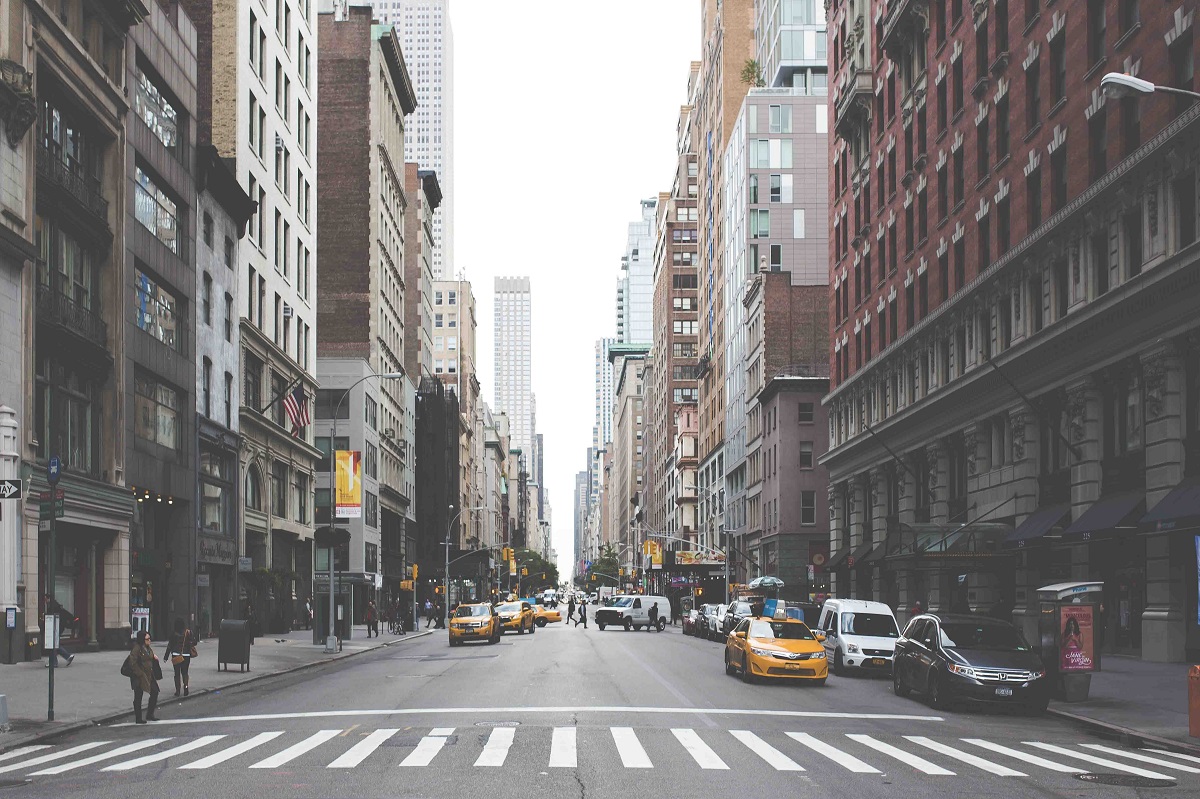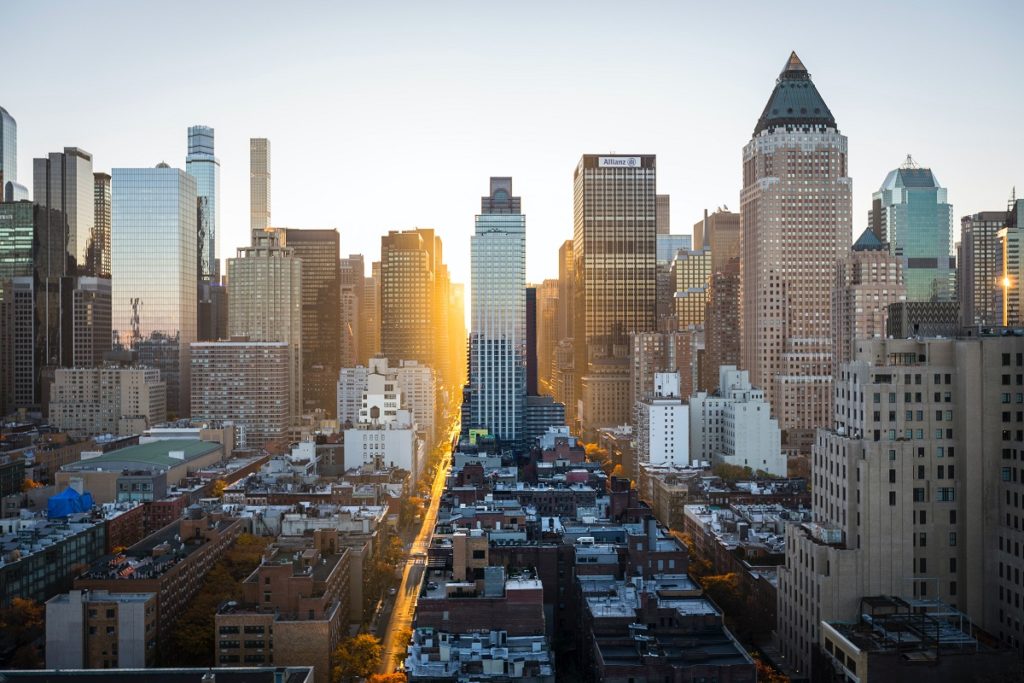Most people want to live in a place where they feel safe. And not just safe in the sense that crime is unlikely within their area. They also want to live in a place where job security is more likely, they’re less likely to fall into poverty, hospitals are nearby, and they’re less likely to become a victim of a natural disaster.
Various urban locations offer these forms of safety in different ways. However, some cities offer more safety than others. And while it’s more likely that these places may be more expensive to live in given its good reputation, it may be worth moving to these cities for you or your family to live with some peace of mind of your safety.
Here are some of the safest cities in the United States.
Washington, DC
Population: 702,455
Median Income: $85,203
Poverty: 16.6%
Washington, DC ranks as the highest United States city in The Economist’s Safe Cities Index 2019 report. While data showed that Tokyo was overall the safest city in the whole world, Washington, DC ranked seventh with a very high score of 87.6 – the highest US city on the list.
The Economist used various criteria to determine the city’s safety score; Washington also ranked fourth in digital security, seventh in health security, and tenth in infrastructure security. The city’s high digital security score shows that this city has low risk of hacking, malware, and other cybersecurity crimes. So, if you’re thinking about a smart home or want to protect your digital data, your assets are safer in this city.
Columbia, Maryland
Population: 99,615
Median Income: $103,707
Poverty: 7.4%
Regarded as the safest city in the United States by US News, Columbia, Maryland is an ideal place to live for those looking for a safe home and community to live in. It ranked third in terms of home and community and safety, 63rd for natural disaster risk, and 77 for financial safety.
While the median income is generally high, statistics found that men have an average income 1.26 times higher than that of females. On the bright side, the income equality is only 0.461 percent, which is much lower than the national average.
Yonkers, New York

Population: 199,663
Median Income: $63,399
Poverty: 15.4%
Like Columbia, Yonkers ranks high for home and community safety. This means that it has a relatively low number of traffic fatalities and hate crimes – perfect for those who want to live in an inclusive community where self-expression is welcome.
Unfortunately, this isn’t the place to be if you’re thinking about financial stability. Over 15 percent of Yonkers residents have a below-poverty level income, much more than the 14.1% poverty level of New York. This means that for every 6 residents, one of them lives below the poverty line.
Mesa, Arizona
Population: 492,268
Median Income: $52,155
Poverty: 15.8%
If you don’t mind living in a desert city, Mesa, Arizona can be a nice place to live. As one of the fastest growing metro areas in the United States, it’s economy is primed to offer job security to its residents. To meet with the growing demands of the city, Mesa police launched a campaign to address the increase in mental health issues. And with a recent growth in terms of firefighters and police officers, you can bet that your safety needs are taken care of.
Virginia Beach, Virginia
Population: 454,353
Median Income: $70,500
Poverty: 8%
Located near the coast, Virginia Beach has one of the lowest violent crime rates in the United States in 2017. There were only 625 reported incidents – that’s 500 fewer incidents than the next closest city on that list. Unfortunately, it has seen two mass shooting incidents in 2018, so it’s not completely safe. In terms of unemployment, Virginia Beach has a low 2.4% unemployment rate compared to its neighboring cities.
Warwick, Rhode Island
Population: 80,947
Median Income: $62,803
Poverty: 6.7%
Warwick ranked fifth in WalletHub’s 2018 Safest Cities in America List. It ranked fifth in terms of the fewest assaults per capita and one of the lowest risk of natural disasters. Warwick’s poverty rate is at 6.7% (or around 5,380 people), which is almost half the national average of 13.1%.
When choosing a city to live in, however, take note that there’s really no such thing as a utopian city where everything is perfect and you’re completely safe. There’s bound to be a bit of risk wherever you choose to live, and these cities’ rates and numbers are only an indication of how well it’s performing. Entering that city and finding a place to live there won’t automatically grant you a better life especially if you don’t have the means or drive to make it happen. But if you’re thinking about safety, these cities have the data that suggest that you’ll be relatively safe living here.
